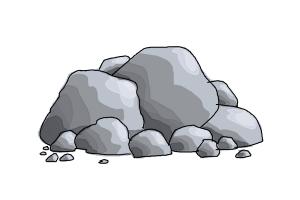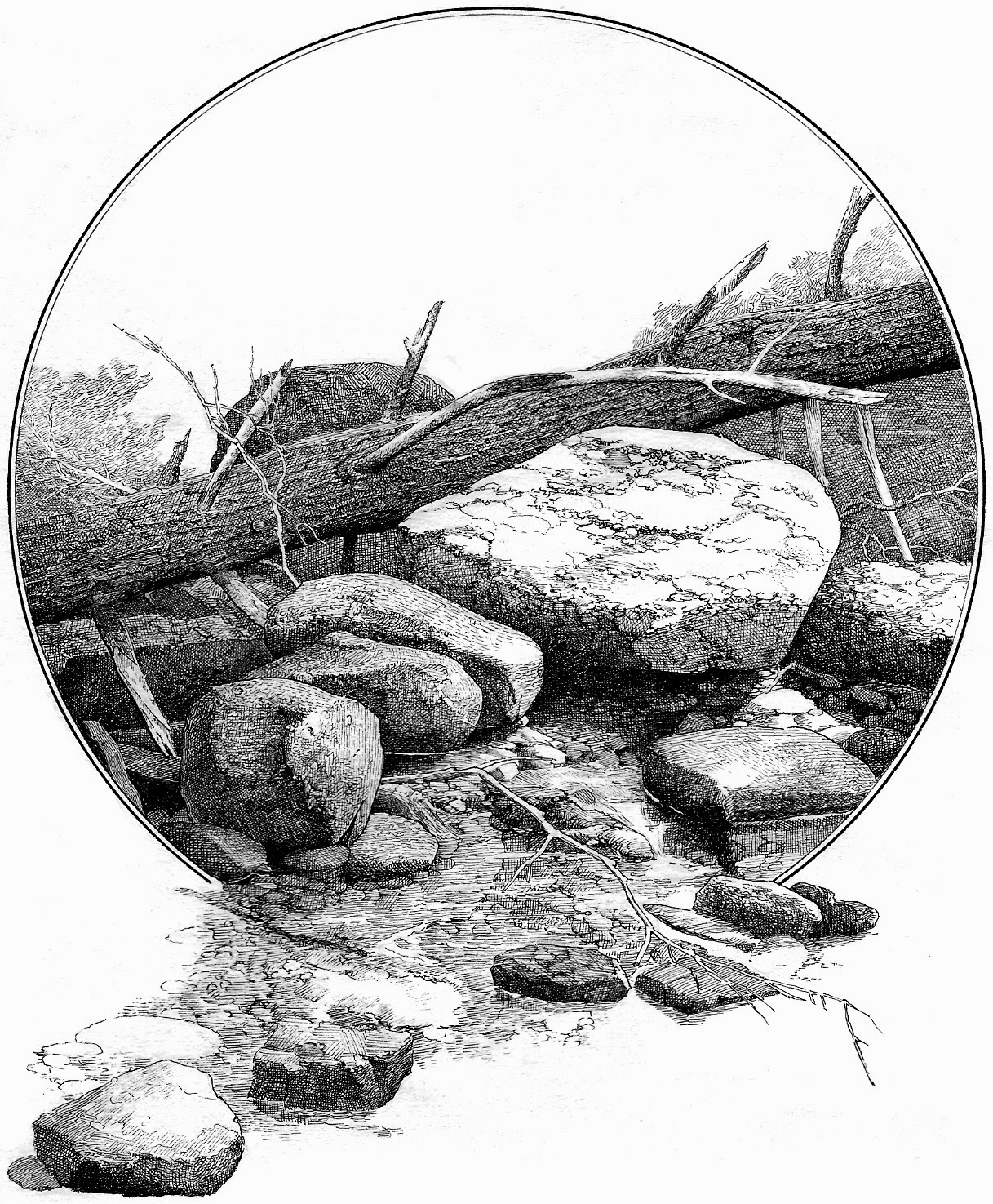Magellin blog rocks drawing
Table of Contents
Table of Contents
Learning how to draw rocks in watercolor can be a challenging endeavor. However, with the right techniques and tools, anyone can create beautiful and realistic rock formations that will truly enhance their artwork. So whether you’re a beginner or an experienced watercolor artist, read on to discover how to draw rocks in watercolor.
Pain Points
One of the biggest pain points when it comes to drawing rocks in watercolor is getting the texture and shading just right. Rocks are complex structures with many nooks and crannies, so it can be difficult to create a realistic representation of them.
Answer
Firstly, it’s important to study the rock’s texture and color before you start painting. Take the time to examine real-life rocks or reference images closely, noting the various shades and undertones that make up the rock’s surface. Consider using a sketchbook to practice drawing different rock formations before diving into watercolor.
When painting, be sure to layer your colors carefully, starting with lighter shades and gradually building to darker ones for a more realistic effect. Additionally, don’t be afraid to experiment with different brush strokes and techniques to create a unique texture that resembles the surface of the rock.
Article Summary
In summary, drawing rocks in watercolor can be achieved by carefully studying the texture and color of real-life rocks or reference images, layering colors to create depth, and experimenting with brush strokes and techniques to achieve a realistic texture. These techniques can be applied to a variety of watercolor paintings, including landscape and still life pieces.
How to Draw Rocks in Watercolor: Tips and Techniques
When I first started drawing rocks in watercolor, I found it to be quite challenging. However, over time, I discovered a few tips and techniques that really helped me to create more convincing and realistic rock formations.
One technique that worked well for me was using a combination of watercolor washes and dry brush techniques to mimic the texture of the rocks. By starting with a light wash of color, then gradually building up the layers of paint with dry brush strokes, I was able to create a realistic texture that resembled the surface of the rock.
Another tip is to vary the colors and tones in the rock formation to create a sense of depth and complexity. Don’t be afraid to add in unexpected colors or highlights to make the rocks more interesting and visually appealing.
 How to Create a Stunning Landscape with Watercolor Rocks
How to Create a Stunning Landscape with Watercolor Rocks
Creating a beautiful landscape with watercolor rocks is all about finding the right balance of colors and textures. I like to start by sketching out the basic layout of the landscape, then gradually adding in the rocks and other elements like trees or water sources.
When it comes to painting the rocks, I usually start with a light wash of color, then use dry brush techniques to add texture and depth. I also like to add in small details like moss or lichen to make the rocks look more lifelike.
 ### Using a Limited Palette
### Using a Limited Palette
One technique that can really elevate your watercolor landscape paintings is using a limited palette. By limiting the number of colors you use, you can create a more cohesive and harmonious painting that is visually appealing.
For example, try using just three colors to create a landscape painting with rocks. I recommend a warm and cool version of one color, and one complementary color to add contrast.
Creating Textured Highlights
If you really want to make your watercolor rocks stand out, consider adding textured highlights using a white or light-colored paint. By adding these subtle highlights to the textured areas of the rocks, you can create a more three-dimensional effect that is both visually appealing and realistic.
Question and Answer
Q:
What is the best way to practice drawing rocks in watercolor?
A:
Consider using a sketchbook to practice drawing different rock formations and experimenting with different brush strokes and techniques.
Q:
What type of brushes should I use for creating rock formations in watercolor?
A:
Try using a combination of round and flat brushes in various sizes to create different textures and effects.
Q:
Can I add other elements to my watercolor landscape painting with rocks?
A:
Absolutely! Consider adding trees, water sources, or other landscape elements to make your painting more interesting and complex.
Q:
How can I create a sense of depth and dimensionality in my watercolor landscape painting?
A:
Try using warm colors and light washes in the foreground, and gradually building up the layers of paint with darker colors and dry brush techniques in the background.
Conclusion of How to Draw Rocks in Watercolor
Drawing rocks in watercolor can be a challenging but rewarding experience. By studying the texture and color of real-life rocks, experimenting with different brush strokes and techniques, and applying these techniques to landscape and still life paintings, anyone can create beautiful and realistic rock formations. Remember to take your time, practice, and most importantly, have fun!
Gallery
How To Draw Rocks (Watercolor) - YouTube | Drawings, Realistic Drawings

Photo Credit by: bing.com / rocks
Realistic Rocks Watercolor Tutorial How To Paint Step By Step - YouTube

Photo Credit by: bing.com / rocks paint realistic watercolor water tutorial watercolors
Eaton Rapids Joe: Ink Drawing Of Rocks And Tree

Photo Credit by: bing.com / rocks ink drawing rock drawings pencil realistic pen landscape draw stone tree sketches sketch rapids ca amazing sketching visit google
How To Draw Rocks - DrawingNow

Photo Credit by: bing.com /
Magellin . Blog: Rocks Drawing | Drawing Rocks, Drawings, Landscape

Photo Credit by: bing.com / rocks drawing draw felsen steine drawings pencil zeichnen lapiz sketches realistic dibujos rocas rock sketch landscape google sketching dibujo au





